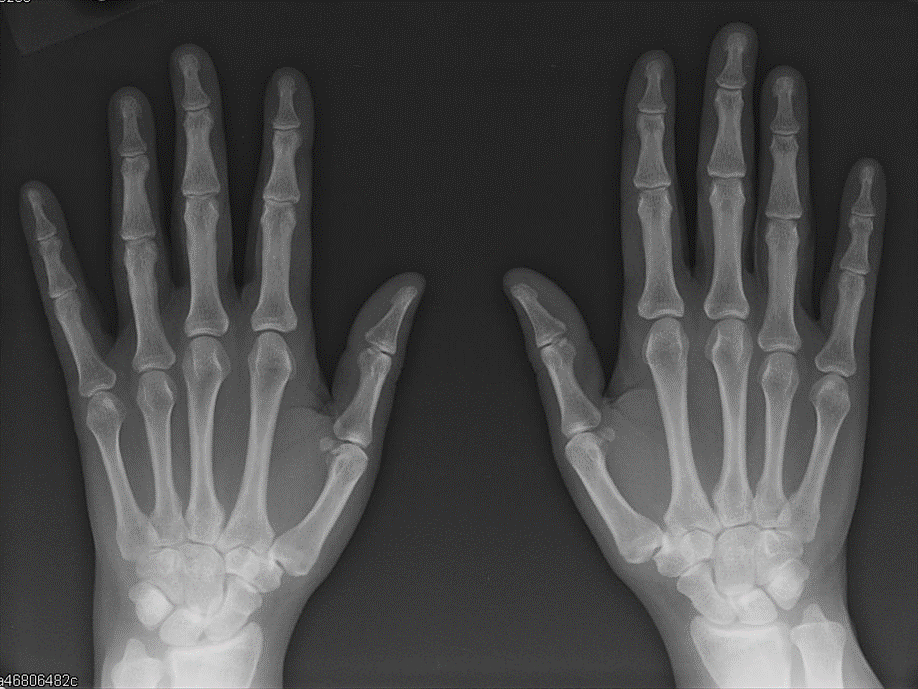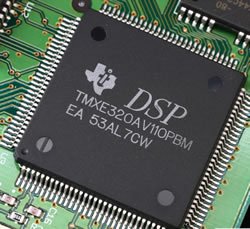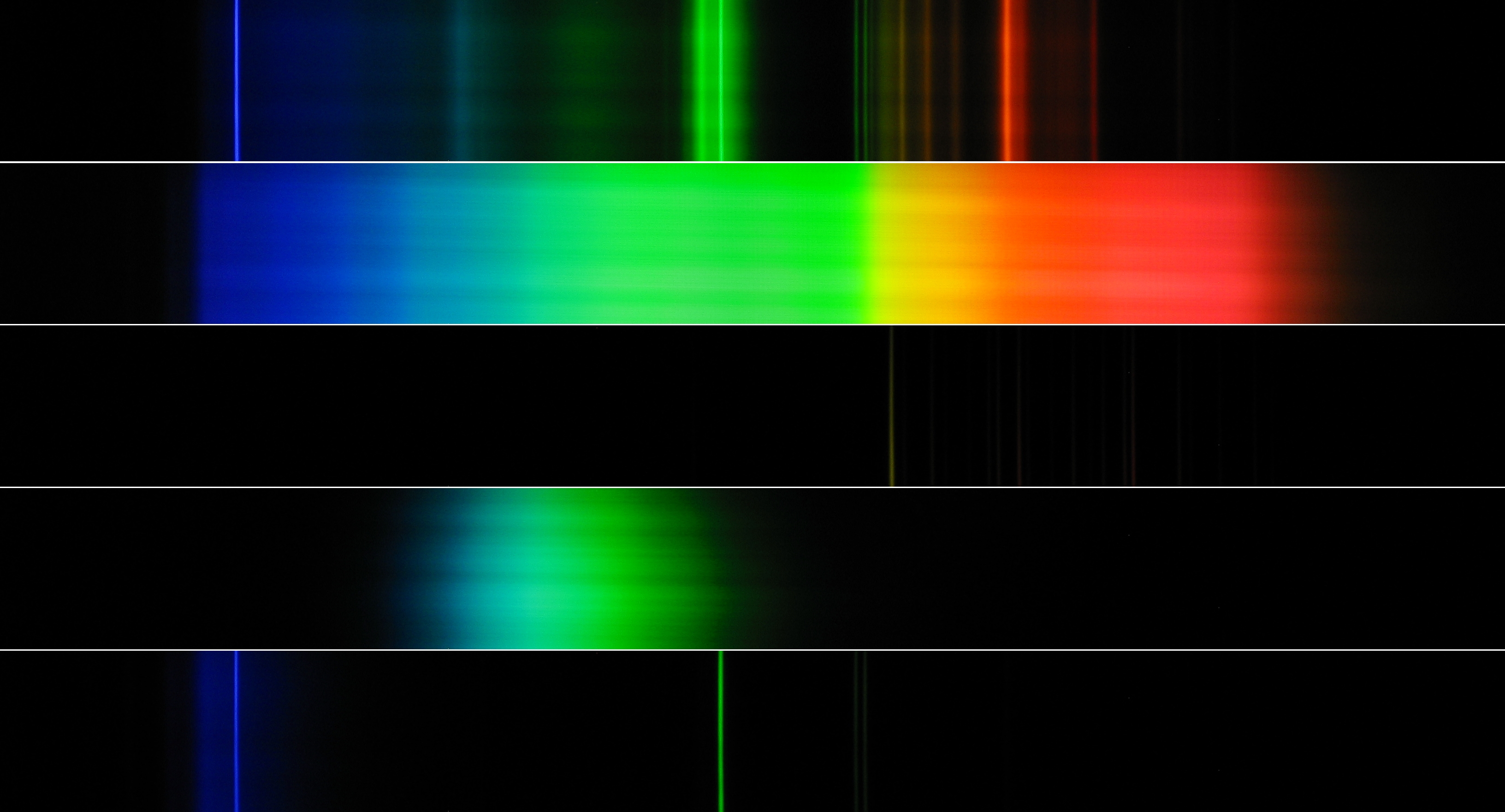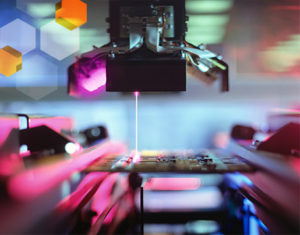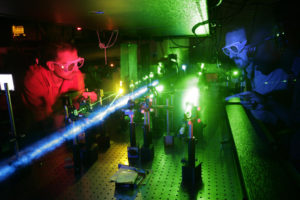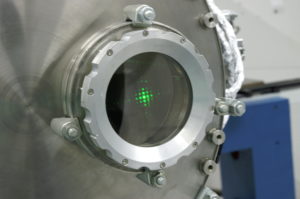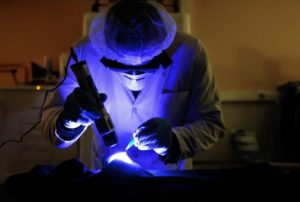FindLight Blog » Findlightopedia » Page 35 of 38
X-Ray Cameras: Imaging Body and Space
Introduction X-rays are one of the most versatile forms of radiation. The rays can penetrate thick objects without absorbing or scattering, rendering them extremely useful for imaging purposes. X-ray ...
Motion Control: Always at the Right Place at the Right Time
Introduction to Motion Control Instrumentation Motion control is the combination of mechanics and electronics to regulate the position, speed and acceleration of moving parts in a controlled manner. It is ...
Spectroscopy Imaging: Measuring Light for Research and Industry
Introduction to Spectroscopy Imaging We have discussed many applications of spectrometers, but how do we attain the final spectral image to analyze? Spectrometers contain varying types of imaging systems ...
Prisms: A General Overview
Introduction to Prisms Even as early as in the 13th century, six-sided crystals of natural quartz were used to generate rainbows. In the late 1660s, people believed that color was a mixture of lightness ...
LPSS Lasers: A Technology Withstanding the Test of Time
Basics of Lamp-Pumped Solid State (LPSS) Lasers As the trailblazer for many modern day laser designs, LPSS lasers are a mature technology that have been around since the invention of the first laser. The ...
Diffraction Gratings: An Essential Tool in Modern Spectrometry Techniques
Introduction to Diffraction Gratings Diffraction gratings are optical components that diffract and separate light into several beams at different angles by wavelength. Their working principle is hinged ...
Ultrafast Lasers: High Power Precision in the Blink of an Eye
Introduction to Ultrafast Lasers The ultrafast laser is a category of laser that emits ultrashort light pulses with time spans of femtoseconds or picoseconds. To put this in perspective, ultrafast lasers ...
What Are Optical Parametric Oscillators?
Introduction to Optical Parametric Oscillators In 1961, Peter Franken and his group at the University of Michigan were the first to use nonlinear materials to produce optical harmonics. This method ...
DPSS Laser Systems: Offering a High Power, Compact Solution to Growing Industries
Basics of Operation There are many different types of lasers available in todays photonics market, however, Diode Pumped Solid State (DPSS) laser systems are a reliable and widely-used technology. Simply ...
Photonics Meets Forensic Science: No Such Thing as The Perfect Crime
Forensic science has come a long way since the 700s, when the Chinese first established the concept of utilizing fingerprints as means of identification. Since then, technology in photonics and optics ...

